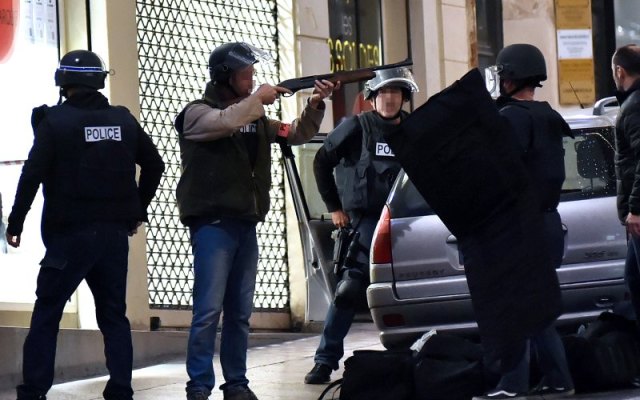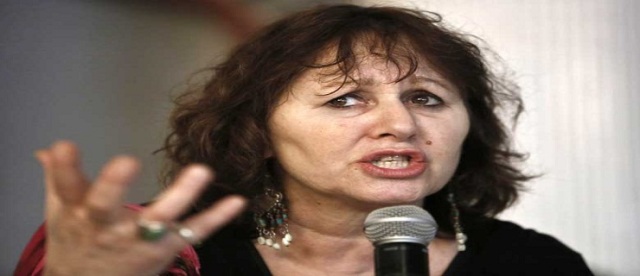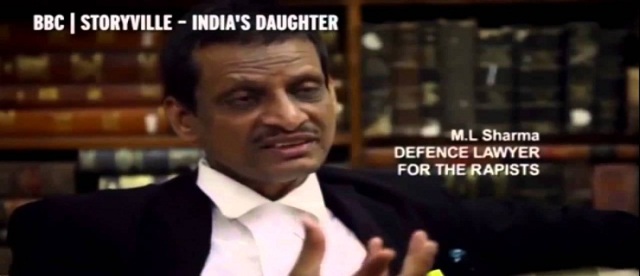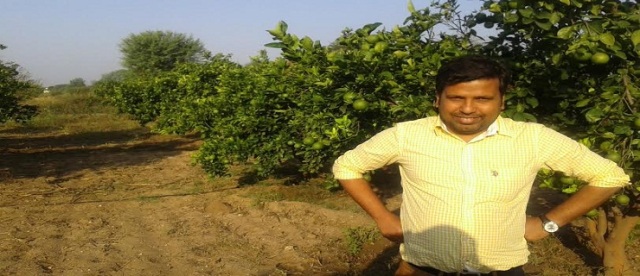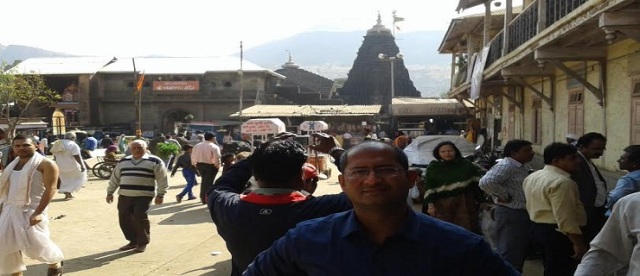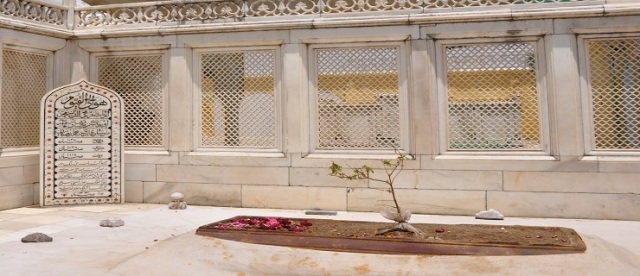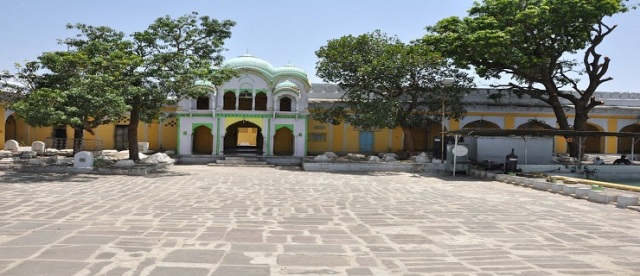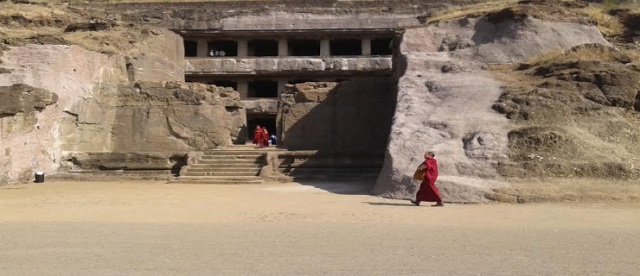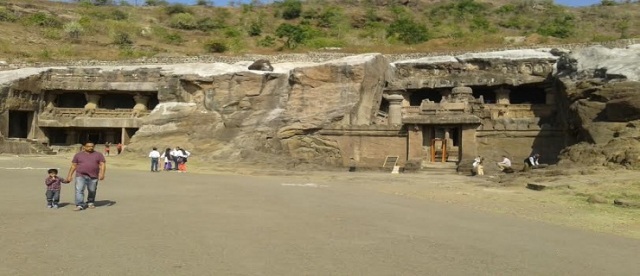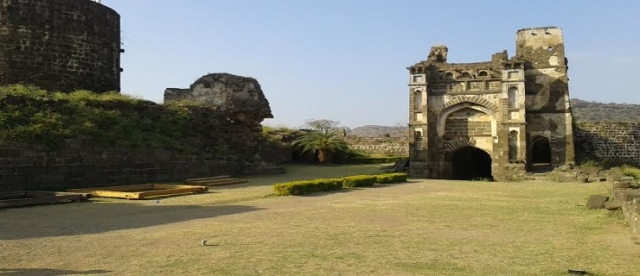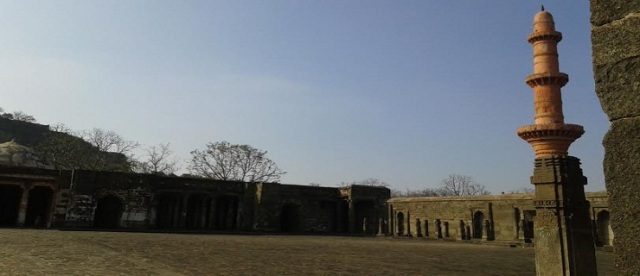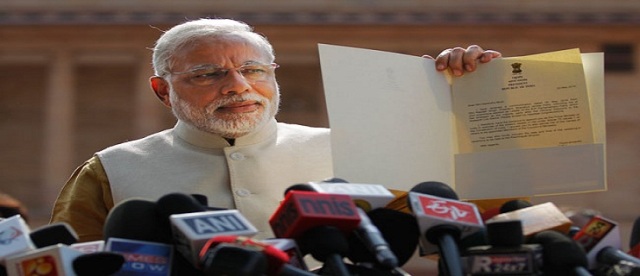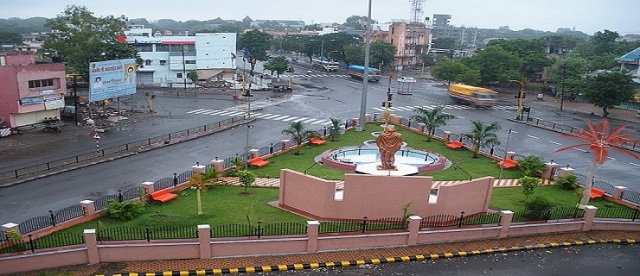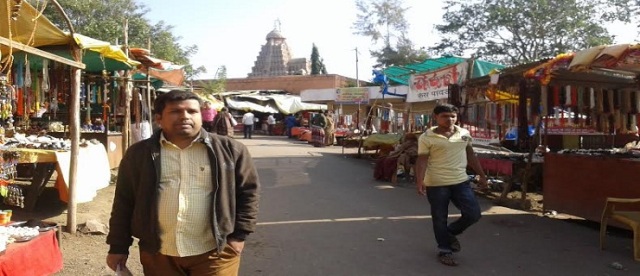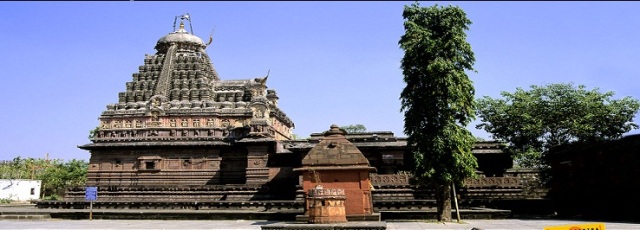This write-up is an attempt to respond a Facebook post of Sadan Jha from CSS, Surat. While researching some Maithili folks he found a song where wife/beloved suggested her husband/lover to not to go to any direction except South! Why such praise for South while in our tradition south is not considered good. Here is the Maithili song:
पूरब दिसा जुनि जाउ लला रे पूबक पानि कुपानि/
पानि पिबैत कान्हा तोहूँ मरि जैबह/
हम धनि ए लला रहब अकेली मंदिल्बा मे/
खेलब होरी भवनमा मे फिरब अकेली रे /
कान्हा बातो ने मानै/
उत्तर दिसा जुनि जाउ लला रे उत्तरक जंगल भरी बाघ सिंह कान्हा तोरा काटि खैतो /
हम धनि ए लला रहब अकेली रे /
कान्हा बातो ने मानै /
पछिम दिसा जुनि जाउ लला रे पछिमक नारी सियानी/
राति सुतैतौ कान्हा रंगमहल मे भोरे भरायत पानी/
पुरुश्बा से नारी सियानी रे कान्हा/ कान्हा बातौ ने मानै /
दछिन दिसा तू जाउ रे लला ओतय बहथि गंगा माइ/
गंगा नहाए कान्हा तोहूँ जीबि जैबह/ दुनु मिलि खेलब होरी रे/
कान्हा बातो ने मानै /
मंदिल्बा मे खेलब होरी भवनमा मे फिरब अकेली रे/
कान्हा बातो ने मानै
The reference/s of the “South” in a Maithili folk/s in a positive tone is something that needs to be analyzed in context of Mithila’s written and unwritten history, folk and arts. I have two assumptions here: first the relation of Maithils(Brahmins and Kayastha in particular and other castes in general) with South India that has not been fully explored till date and second is the position of Mithila in the ancient Varna system.
First I will come to its relation with the South.
There are two threads: Intellectual and political. The Shankaracharya’s debate with Mandan Mishra dates back to at least 8th century AD however some new claims say it was even earlier. It is said and perhaps documented that Mandan Mishra became the second Shankaracharya after the demise of his Master. From that period till the advent of Muslim rule in India in late 12th century AD, there was free movement of people from Mithila to South and new relations were built. It is not surprising that Baidhyanath, Jagannath and Rameshwarm were the prominent pilgrimages that a Maithil would prefer even two generation back. My Dadi had been to Jaganath ji and Rameshwaram even it was too difficult to visit and too distant to think of those days! Obviously, Ayodhya did not gain much respect among Maithilis; may be due to its treatment with Sita in the Pauranik period which the public conscience carried generation to generation through its art, folk and proverbs.(Here lies the answer why a Maithil would dislike the “West” in its songs!). In a way, Mithila, Puri and Southern centers created a trio in the ancient learning system which needs to be researched. What we are seeing or reading today in Indian history is largely a medieval history of North India with the dominance of Delhi where Southern and Eastern parts of the country hardly reflect. Our generation has to correct them.
Again, some of the ruling dynasties of the Mithila have some links with the South. Here are two points: one is the victorious campaign of Chola Emperor Rajendra I in the Gangetic plain(for which he was called “Gangeshwer”) and other is the rule of Devs from Karnat dynasty in Mithila from late 11 century and onwards. Rajednra Chol’s campaign happened through the eastern parts namely via Andhra, Odisha and Jharkhand. In the process, thousands of people from the south settled in these areas and Mithila was no exception. When we analyse a Mathili folk we must consider it as their connection with the south and their good memories which might have been reflected in the song.
Now we come to the Karnat dynasty. As the name suggests Karnats originated from the South, perhaps somewhere in Karnataka and they brought with themselves some of the rich cultural values of the land. They had got “Dev” as their surname and there was a chain of Dev rulers from Mithila to South via Jharkhand, Odisha and Chhattisgarh. Still many rulers of erstwhile princely state of Jharkhand, Odissa and Chhatisgarh carries Dev surnames who were entitled for Privy Purse after the independence. Here point is: these Devs from Karnataka brought with themselves their ruling and religious staffs; prominently Brahmins and Kayastha. I am surprised to know that some Kayastha surname in Mithila and that of Karnataka-Maharashtra region have stark similarity! Karna and Karnik/Kulkarni are not different. Similarly, Shrotriya Maithil Brahmins may have some links with the Brahmins of the South as there are some visible difference among the rituals/lifestyle of common Maithil Brahmins and Shrotriyas. I am not confident enough to reflect on that but there should be some research. Some of the names of villages in Mithila still hint their Southern origin: Andhrathadhi is perhaps a place where people from Andhra settled! This sphere has not been researched and focused till yet. I am confident that more and more evidence will appear in the future if budgets and resources are provided. Technical adamant may also help.
Second is the position of Mithila in the ancient Varna system.
Mithila was a rebel satellite of ancient Aryan system; perhaps King Janak and Yagyavalakya were not completely agreeing with the mainstream system of Arynas those days. I will not venture into the troublesome debate of Arya invasion theory but it seems that Aryans expansion (if not invasion) happened from North to South and West to East. Some folks suggest that when they expanded in the east, they earmarked river Saryu as the eastern most boundary and land beyond that as the land of uncivilized, thugs and barbaric people. Same did they do with the Ganges; land south of Ganga was declared unholy and impious! But some of the Brahmins (among others) ventured towards the East crossing Saryu and settled there. They were called “Sarayuparin” Brahmins and consequently hated by the Brahmins of the West particularly present day Kanyakubjs and Saraswats. Some folks suggest that Saryuparins were those who came with Sita after her marriage and on that count Maithil Brahmins and Saryuparin are the same; differences appeared later when Maithils became Shakt in large numbers while Saryuparins remained largely Vaishanvites. Anyway, in the hierarchy of Brahmins, Maithils were placed at lowest point due to violating the rule of Aryans and settling in a prohibited area and marrying local Women (We can see the dark features of Maithil Brahmins that may be the result of their marriage with local tribal women. Their fish eating food habit, worshiping of mother deity may also be attributed to it. Ramdhari Singh Dinkar has written somewhere that Chhatha Puja and fish eating were perhaps the impact of local women who came to the Aryan families through marriages.). The placement of Maithil Brahmins among the Brahmin hierarchy may be well understood through this Sanskrit shloka:
सारस्वता: कन्याकुब्जा गौड़ा उत्कलमैथिला: ,
पञ्चगौड़ा इति ख्याता विंध्यस्योत्तरवासिन: ।।
So here are two points again: Brahmins from the west disgusted Maithils due to their violation of community rule. North was the land of Nepal and High Mountains were “Kirat” lived and frequently attacked Mithila. And east was the land where Arynas had to venture out and expand. So there was no point of praising them. But question remains: why they praised south?
We have understood that mainstream Brahmins had declared land east of Saryu and south of Ganga as unholy and impious as people different from them resided there. Magadh was never a respected place for Brahmins right from the days of Purans to the days of written history. We see the references of Nand Dynasty and Chanakya and their animosity. Till date, people of Mithila do not consider Ganga water in Mokama as holy as that of Simaria! However, the case of Sultanganj is different: it was never thought out of Mithila. The word ‘Magadh’ in Sanskrit does not reflect good meaning; it denotes thugs, scoundrels and tricky. Here again question remains: why some of the Maithil folks still remember South emotionally? What was connecting? What was the lost link that is reflected in the folk and art?
The answer lies perhaps in the same theory which degraded Maithil Brahmins among the grand Brahmin community of India: they violated the community rule and married local (perhaps tribal) women. Perhaps Mithila was the land of those tribes who inhabited the large swath of eastern plain and plateau of Jharkhand. When Aryans reached to them and settled there they married local women and a different kind of melting pot of civilization created here. It is that reference which Ramdhari Singh Dinkar analyses in the fish eating habits of eastern Brahmins and Chhatha Puja which might have come to the Aryans through marriages and women. Since, these women (and their communities) were also settled in the South (namely in Jharkhand and onwards), the folks remember them! Is it surprising that from generations the carriers of most of these folks and arts are women?
Who knows that through these folk songs the wife/beloved is still remembering her native place, the South!

